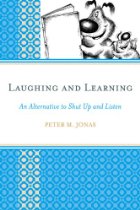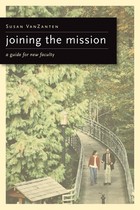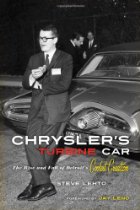 by Philip Dray
by Philip Dray
From the textile mills of Lowell, Massachusetts, the first real factories in America, to the triumph of unions in the twentieth century and their waning influence today, the contest between labor and capital for their share of American bounty has shaped our national experience. Philip Dray’s ambition is to show us the vital accomplishments of organized labor in that time and illuminate its central role in our social, political, economic, and cultural evolution. There Is Power in a Union is an epic, character-driven narrative that locates this struggle for security and dignity in all its various settings: on picket lines and in union halls, jails, assembly lines, corporate boardrooms, the courts, the halls of Congress, and the White House. The author demonstrates, viscerally and dramatically, the urgency of the fight for fairness and economic democracy—a struggle that remains especially urgent today, when ordinary Americans are so anxious and beset by economic woes.
CATALOG PAGE

 by Philip Dray
by Philip Dray

